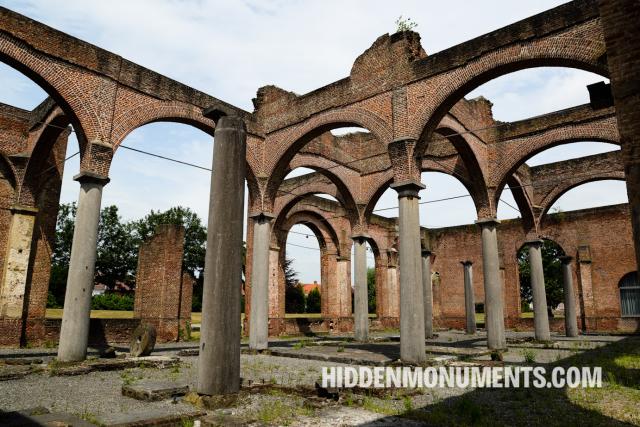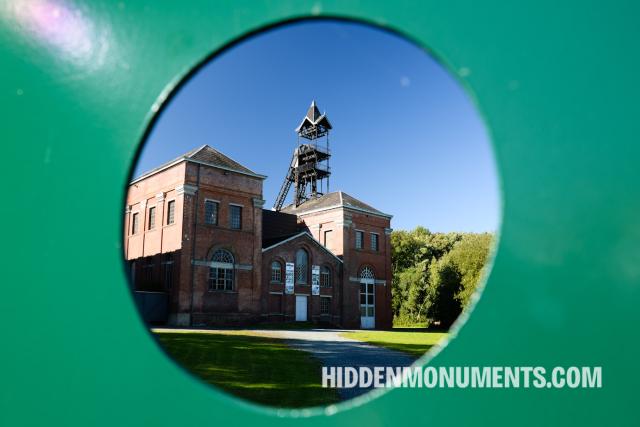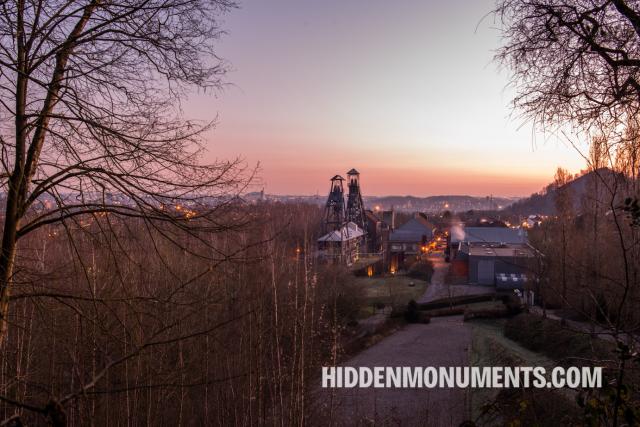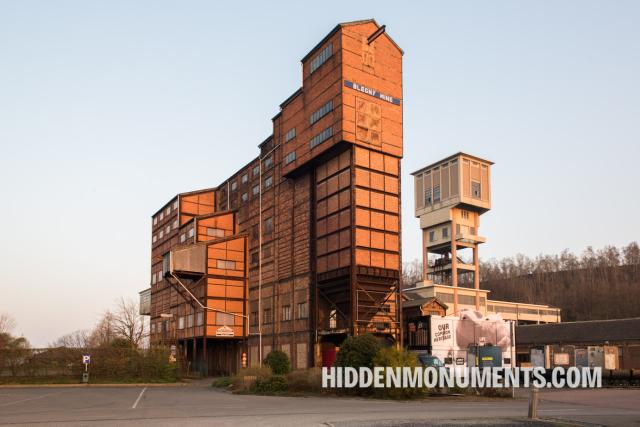Wallonia, Belgium, boasts a rich industrial heritage, and at the heart of this legacy lie four UNESCO World Heritage coal mining sites. Each site holds its own distinctive characteristics and historical significance, representing different eras and regions of Wallonia's coal mining history. Let's explore these remarkable coal mines, one from each of Wallonia's mining regions.

Grand-Hornu: A Symbol of Innovation in the Borinage Region
Situated in the Borinage region, Grand-Hornu stands as a prime example of industrial innovation and architectural grandeur. Built in the early 19th century by industrialist Henri De Gorge, this coal mine complex is characterized by its imposing neoclassical architecture.
The site's unique layout, with its radial design centered around a central courtyard, was revolutionary for its time and optimized workflow efficiency. Grand-Hornu's inclusion in the UNESCO World Heritage list acknowledges its pivotal role in the industrial revolution and its lasting architectural legacy.
Bois-du-Luc: A Window into Industrial Evolution in the Centre Region
Nestled in the Centre region of Wallonia, Bois-du-Luc offers visitors a comprehensive view of the evolution of coal mining techniques. Founded in the 18th century, this coal mine underwent significant expansion and modernization during the 19th century, reflecting advancements in technology and industrial practices.
Bois-du-Luc's well-preserved buildings, including the impressive miner's barracks and administrative offices, provide insight into the social and working conditions of miners during this period. The site's inclusion as a UNESCO World Heritage site recognizes its role in shaping the industrial landscape of Wallonia.
Bois du Cazier: A Tale of Resilience in the Charleroi Region
Located in the Charleroi region, Bois du Cazier bears witness to both the triumphs and tragedies of coal mining history. The site gained international attention in 1956 when a devastating mining disaster claimed the lives of 262 miners, representing one of the worst mining accidents in Belgian history.
Today, Bois du Cazier serves as a poignant memorial to the victims of the disaster, while also highlighting the resilience of the mining community. Visitors can explore the museum housed within the former colliery buildings, learning about the human stories behind the coal mining industry and the enduring spirit of those who worked underground.
Blegny-Mine: Preserving Mining Heritage in the Liège Region
Situated in the Liège region, Blegny-Mine offers a unique underground experience, allowing visitors to descend into the depths of a real coal mine. The site's underground galleries, preserved in their original state, provide a fascinating glimpse into the challenging working conditions faced by miners.
Guided tours lead visitors through the labyrinthine tunnels, showcasing the tools, machinery, and techniques used in coal extraction. Blegny-Mine's designation as a UNESCO World Heritage site underscores the importance of preserving the tangible remnants of Wallonia's mining heritage for future generations.
In conclusion, Wallonia's UNESCO World Heritage coal mines stand as testament to the region's industrial prowess and the resilience of its mining communities. Each site offers a distinct perspective on Wallonia's coal mining history, from architectural innovation to social history and technological advancements. By preserving and celebrating these historic sites, Wallonia ensures that the legacy of its coal mining heritage continues to inspire and educate generations to come.






